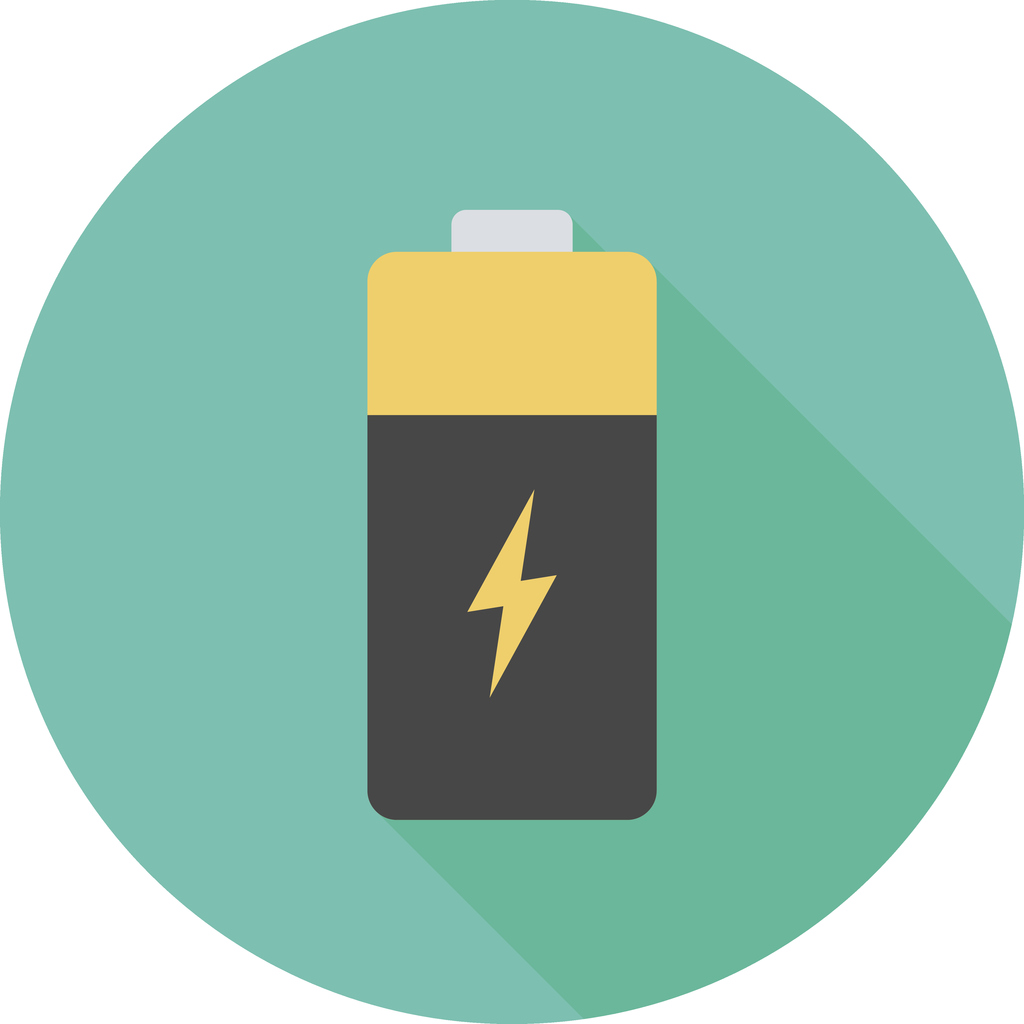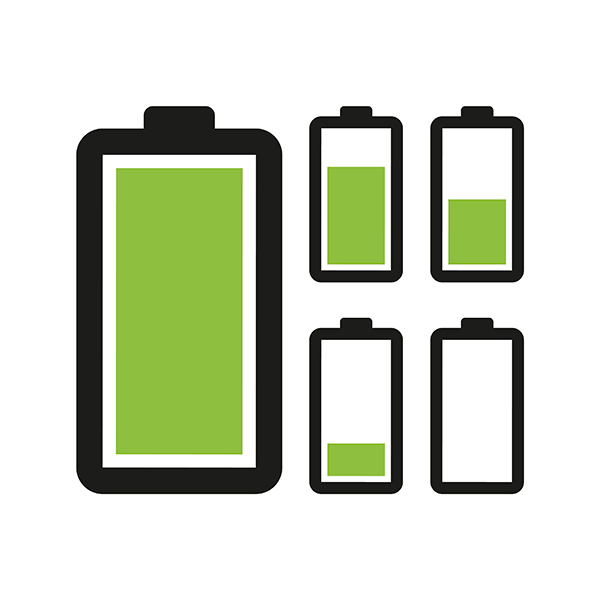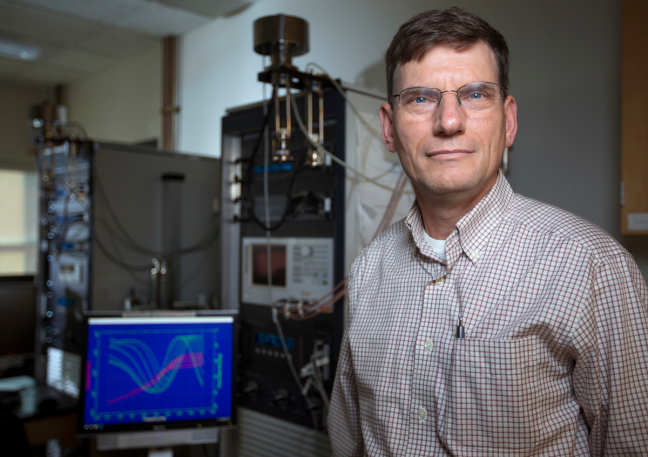 Lithium-ion batteries power a vast majority of the world’s portable electronics, from smartphones to laptops. A standard lithium-ion batteries utilizes a liquid as the electrolyte between two electrodes. However, the liquid electrolyte has the potential to lead to safety hazards. Researchers from MIT believe that by using a solid electrolyte, lithium-ion batteries could be safer and able to store more energy. However, most research in the area of all-solid-state lithium-ion batteries has faced significant barriers.
Lithium-ion batteries power a vast majority of the world’s portable electronics, from smartphones to laptops. A standard lithium-ion batteries utilizes a liquid as the electrolyte between two electrodes. However, the liquid electrolyte has the potential to lead to safety hazards. Researchers from MIT believe that by using a solid electrolyte, lithium-ion batteries could be safer and able to store more energy. However, most research in the area of all-solid-state lithium-ion batteries has faced significant barriers.
According to the team from MIT, a reason why research into solid electrolytes has been so challenging is due to incorrect interpretation of how these batteries fail.
This from MIT:
The problem, according to this study, is that researchers have been focusing on the wrong properties in their search for a solid electrolyte material. The prevailing idea was that the material’s firmness or squishiness (a property called shear modulus) determined whether dendrites could penetrate into the electrolyte. But the new analysis showed that it’s the smoothness of the surface that matters most. Microscopic nicks and scratches on the electrolyte’s surface can provide a toehold for the metallic deposits to begin to force their way in, the researchers found.


 Most of today’s batteries are made up of two solid layers, separated by a liquid or gel electrolyte. But some researchers are beginning to move away from that traditional battery in favor of an all-solid-state battery, which some researchers believe could enhance battery energy density and safety. While there are many barriers to overcome when pursing a feasible all-solid-state battery, researchers from MIT believe they are headed in the right direction.
Most of today’s batteries are made up of two solid layers, separated by a liquid or gel electrolyte. But some researchers are beginning to move away from that traditional battery in favor of an all-solid-state battery, which some researchers believe could enhance battery energy density and safety. While there are many barriers to overcome when pursing a feasible all-solid-state battery, researchers from MIT believe they are headed in the right direction.